source:CCTV.com editor:Zhang Wenni
Editor's note: the twenty-four solar terms, as a supplementary calendar for guiding farming in ancient China, are the fruits of the long-term experience and wisdom of the working people in China. This broad and profound scientific and cultural system is one of the quintessence and representatives of the excellent traditional Chinese culture. In order to further carry forward traditional culture, enhance the majority of Internet users' understanding and interest in traditional culture, and further strengthen their cultural self-confidence, the series of theme activities of "Online China Festival" and "great Xi'an in solar terms" in Xi'an in 2024, sponsored by the Xi'an Municipal Committee of the Communist Party of China, launched a series of cultural popular science articles respectively, to experience the charm of traditional culture and inherit the new trend of civilization of the times.
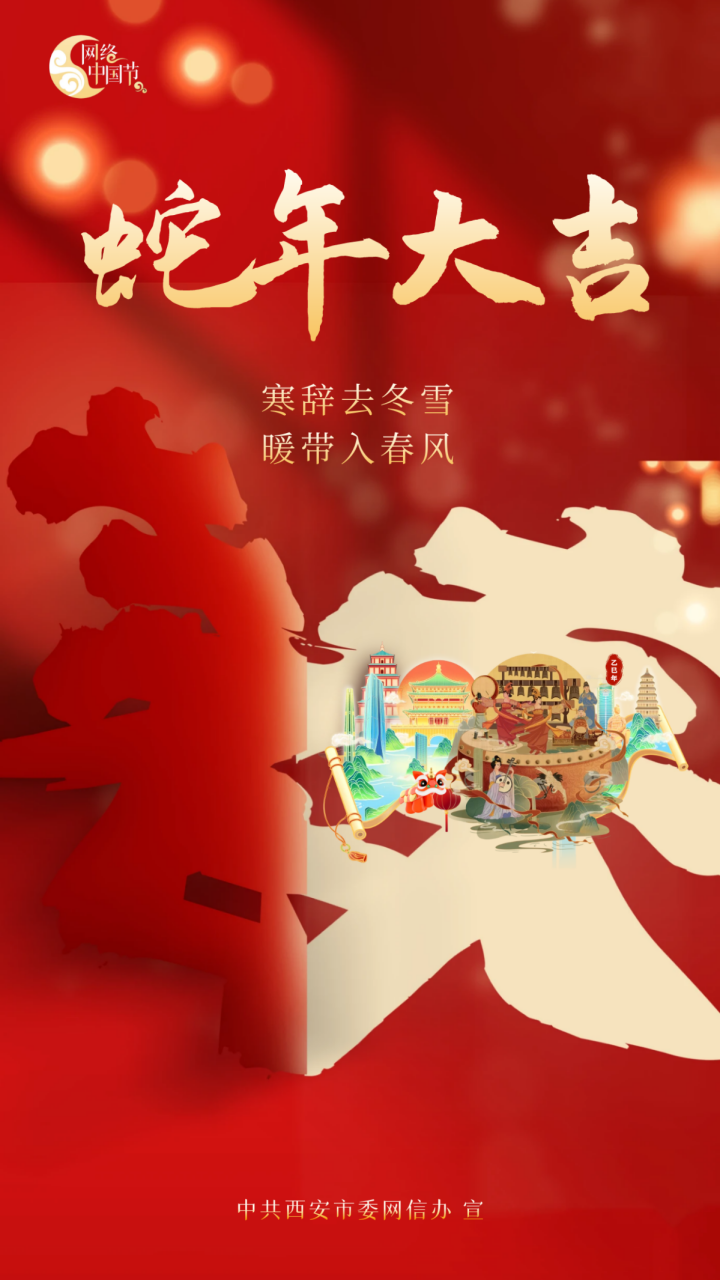
On January 29, the first day of the first lunar month, we finally ushered in the first "intangible cultural heritage edition" Spring Festival.
The Spring Festival, also known as the Spring Festival, the new year and the Chinese new year, is the most solemn, longest lasting traditional festival of the Chinese nation with the most abundant folk activities. It includes activities such as ancestor worship, Thanksgiving and blessing, family reunion, getting rid of the old and bringing up the new. It carries people's strong nostalgia and good hopes for the future. Even in other places, they are still haunted by dreams.
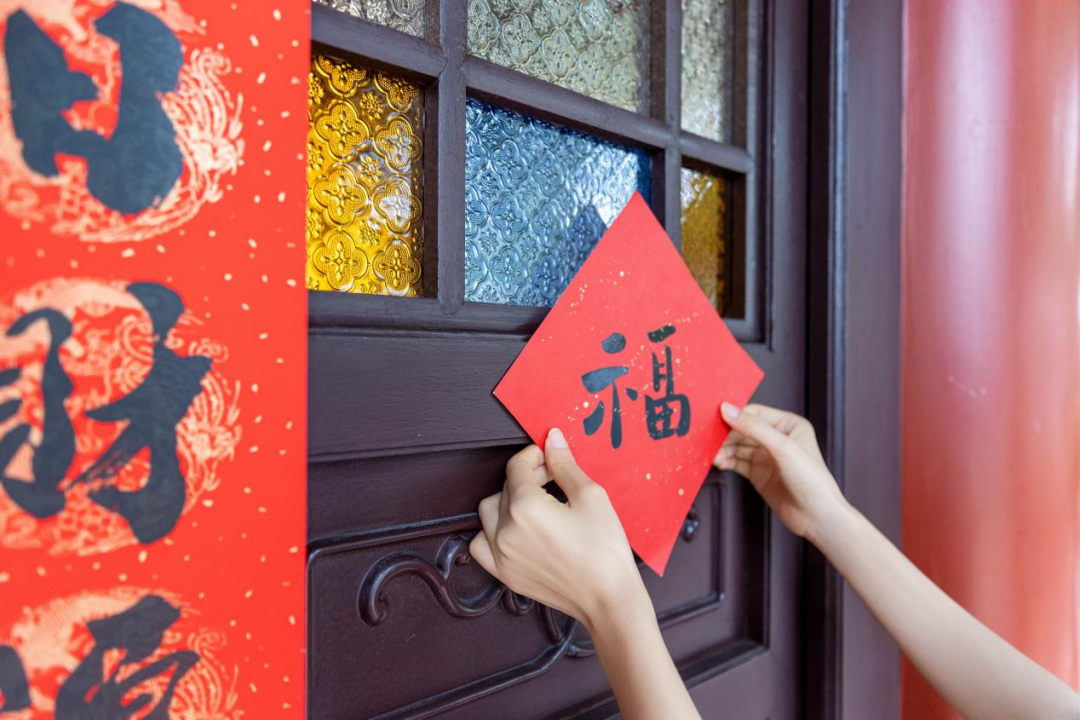
As for the origin of Nian, it is generally believed that it originated from the sacrificial activities at the end of the year in the Yin and Shang Dynasties. "ShuoWenJieZi" says: "in the year, the grain is ripe." the amount of grain means the good or bad of the year. Therefore, "new year" is to celebrate the bumper harvest of grain. After the promulgation of the "Taichu calendar" in Chang'an, Emperor Wu of the Han Dynasty fixed the beginning of the year as the first day of the first lunar month, which was used by all dynasties. At that time, the year was called "New Year's Day" or "New Year's Day". After the 1911 Revolution, January 1 of the Gregorian calendar was called "New Year's Day", and the beginning of the first month of the lunar calendar must be "Spring Festival", which has been in use until now. Therefore, the Spring Festival is also an old and Young Festival.
In December 2023, the Spring Festival was officially listed as a United Nations holiday, and the "year of China" was upgraded to the "year of the world". On December 4, 2024, "Spring Festival - the social practice of Chinese people in celebrating the traditional New Year" passed the review and was listed in the UNESCO representative list of human intangible cultural heritage. The Spring Festival in 2025 will become the first "intangible cultural heritage edition" Spring Festival.
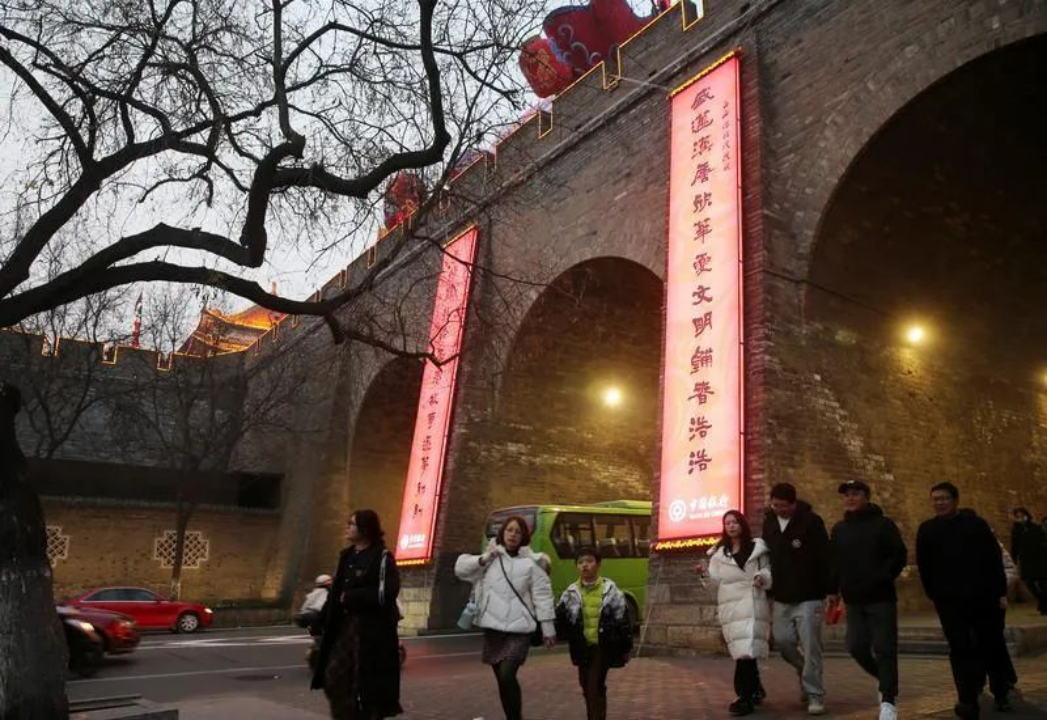
As the saying goes, "it is new year after the Laba Festival". Although the Spring Festival is the first day of the first month of the lunar calendar, the activities to celebrate the new year last from the twelfth month to the fifteenth day of the first month. As the ballad says, "Twenty three, tanggua sticks; twenty four, sweep the house; twenty-five, make tofu; twenty-six, stew pork; twenty-seven, kill the new year chicken; twenty-eight, make noodles..." on the 23rd day of the twelfth lunar month, folk activities begin one after another, such as drinking Laba porridge, offering sacrifices to kitchen gods, sweeping dust, sticking Spring Festival couplets, keeping the year old, giving new year's money, paying New Year's greetings, visiting temple fairs... On New Year's Eve and the first day of the new year, the first climax of the new year is ushered in. The
"One night for two years, five nights for two days". New year's Eve is also called New Year's Eve. According to ShuoWenJieZi, "in the evening, the sun goes down", in addition to the meaning of alternation between Yi and, together, it has the meaning of "the old year ends at this evening, and tomorrow is another new year". On this day, people will post couplets, New Year pictures and the word "Fu" to express their good wishes. It is worth mentioning that Spring Festival couplets will also be hung on the gate of the Ming City Wall in Xi'an every year. In 2025, 24 Spring Festival couplets will be collected from all over the world, carrying people's sincere feelings and good wishes.
"Friends invite them to drink new year's wine, and their children compete for new year's money." on New Year's Eve, the whole family get together to have a new year's dinner, and the elders distribute new year's money to the children. The whole family sits on guard until midnight, and the old year is sent away in a noisy way. On the first day of the lunar new year, everyone wears new clothes, indicating a new atmosphere in the new year. The younger generation pays New Year greetings to the older generation and speaks auspicious words to each other. From the second day of junior high school in Guanzhong, families visit relatives, visit the gate and pay New Year greetings to each other. On the fifth day of the lunar new year, the taboo of the Chinese new year ended. People began to visit temple fairs, watch operas, eat snacks, welcome the God of wealth, and pray for new year blessings.
"The end of this year and the end of this night, next year and tomorrow.". The Spring Festival is a time when families can sit around and enjoy the lights. It is a time when new years are added and spring is full of old mountains and rivers. Countless literati write poems on this day, blending the joy of reunion and the changes of time into their poems.
"Burn the fire to empty the embers, and show off the children's colorful clothes", this is Liu Yuxi's description of the scene that children put on new clothes to welcome the new year. "One year goes by with the sound of firecrackers, and the spring breeze brings warmth to Tu su. Thousands of families always exchange new peaches for old ones." this is the Yuanri written by poet Wang Anshi, which describes the strongest flavor of the millennium in China.
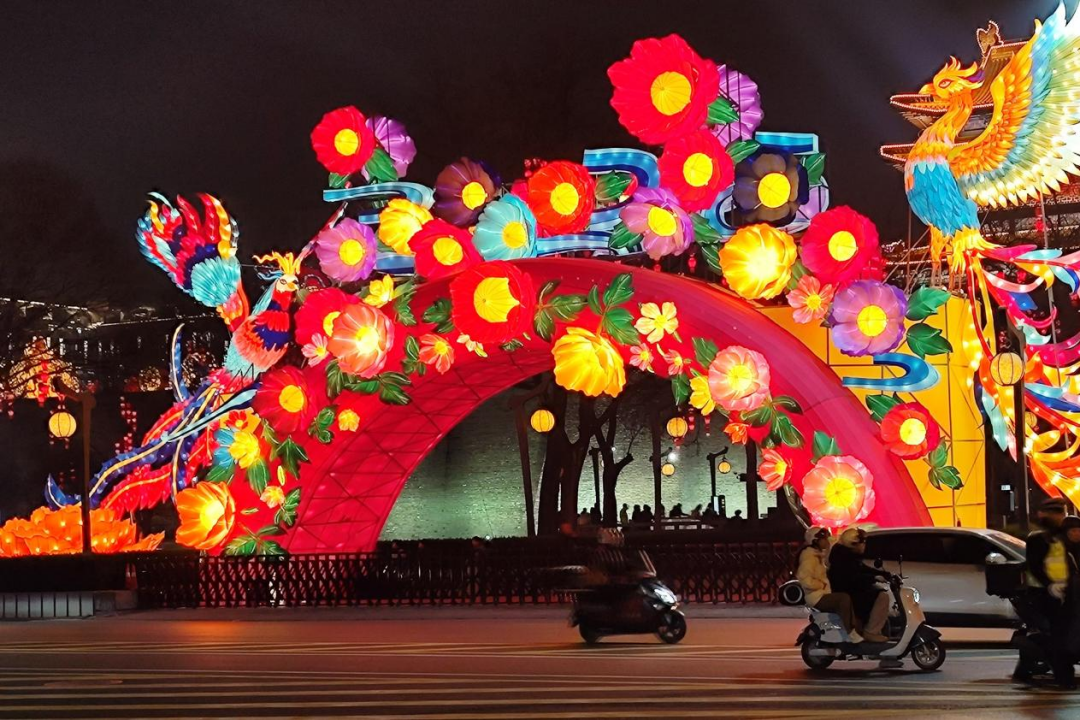
The Lantern Festival on the fifteenth day of the first month is the last climax of the Spring Festival and the end of the Spring Festival. "Thousands of doors are unlocked, thousands of lights are on, and the emperor's capital is moved in the middle of the first month. Threehundred people dance with sleeves, and words are heard in the sky." this poem "the night lights of the first month" describes the scene of the Lantern Festival in Chang'an in the Tang Dynasty: thousands of lights are on in the Imperial Palace, clothes are floating, families go out and thousands of people are empty. In addition to eating Lantern Festival, guessing lantern riddles and watching lanterns, the community fire in Guanzhong area is also a big attraction, including Yangko stilts, lion dragon lanterns, big headed dolls, rowing dry boats, etc. in some places, lantern riddles, community fire competitions and community fire shows are also held, and the whole people rush to the streets to have fun and make Lantern Festival.
With the rapid development and changes of the times, the red lanterns in the streets and alleys have become colorful neon lights. New year goods are placed online and new year money is transferred online. There are more ways to play in the traditional new year. In particular, since the launch of the "Xi'an year · the most China" new year cultural tourism series activities, grand cultural feasts have skillfully integrated tradition and modernity to make the traditional Chinese year glow with new vitality, and let Chinese and foreign tourists feel the modern charm and vitality of ancient Xi'an.
With the arrival of the Yisi year of the snake, "Xi'an year · the most Chinese" has also opened a new round of cultural feast. "The year of Xi'an · the most China" 2025 Xi'an Spring Festival cultural tourism series activities will last for 52 days from January 7 (the eighth day of the twelfth lunar month) to February 27 (the thirtieth day of the first lunar month). There are 173 cultural tourism activities in six categories, namely, "intangible cultural heritage New Year customs", "food shopping", "Lantern Festival Performance", "cultural, museum and research", "tourism and leisure" and "culture benefiting the people", which have been launched successively at the New Year customs nodes such as the twelfth lunar month, the new year's Eve and the Lantern Festival. Among them, there are 33 intangible cultural heritage New Year customs activities, including the new spring festival of the year of the snake in Yongxing square, the caijiapo folk dance parade, the intangible cultural heritage manual experience in Weiyang palace, Chang'an City, Han Dynasty, and the Intangible Cultural Carnival in Fucha town; There are 30 gourmet shopping items, including Xi'an food and beverage time-honored catering new year goods market, "eating and enjoying Chang'an" New Year Food Festival, "Furong market" Datang food festival, etc; There are 18 lantern shows, not only including the lantern shows in the Tang Dynasty sleepless city, Xi'an city wall, Tang lotus garden and Daming Palace, but also relying on the ice fire "song of eternal regret", "the great Qin Dynasty" and "boundless Chang'an" and other high-quality performances, the 2025 spring Chang'an lantern show of "ancient capital Tibetan poetry · lights shining on Chang'an", the performance season of the western performance spring fine plays, the spring performance of the belt and road culture and Art Center, etc.
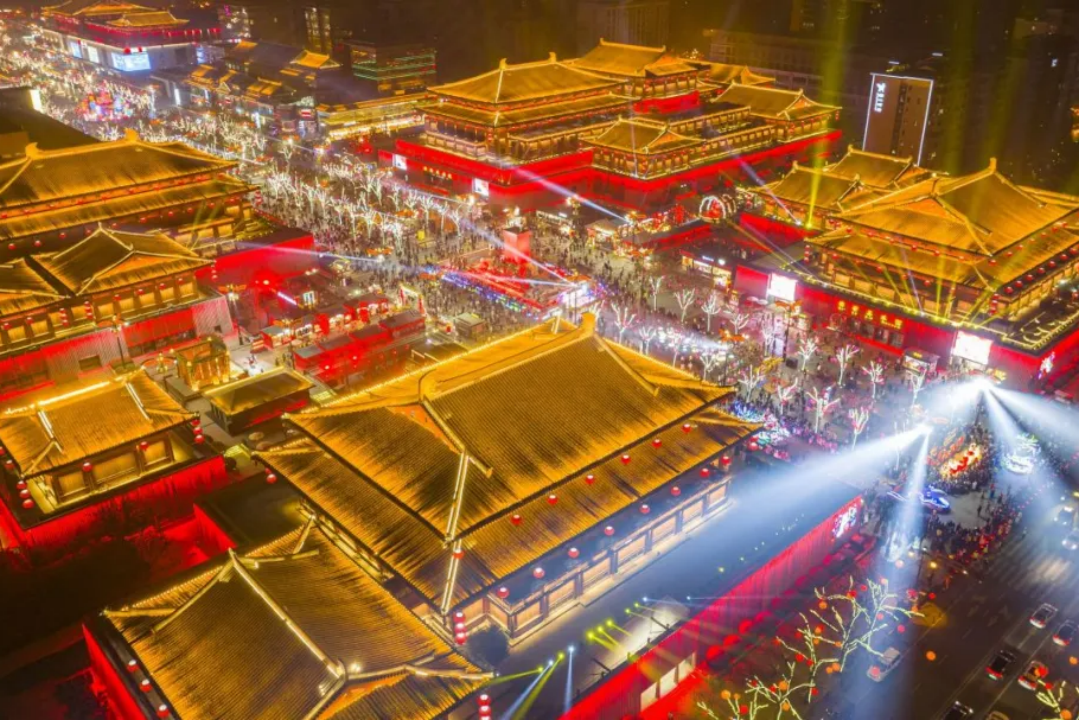
At a glance, you can see the prosperity of Chang'an! To know China, you should always come to Xi'an, experience the year of China, and even come to Xi'an. According to the 2025 spring festival tourism market forecast report released by the tourism platform, Xi'an, a famous ancient city with "the year of Xi'an · the most China", is one of the top ten popular cities in China, one of the popular destinations after 00, and one of the popular destinations for parent-child tourism. During the Spring Festival, the top ten popular scenic spots in Xi'an include the Tang Dynasty lotus garden, Daming Palace National Heritage Park, Xi'an city wall, etc. The
"The years are changing in a new spring. The Spring Festival is still the people of the old year. I wish to get rid of the old and create new ideas, and the new year will be renewed every day." the poet Zhan Chu reminded that in the new year, we should forget all our troubles, embrace new hopes and glow with new vitality. The Spring Festival has arrived, and everything is renewed. May everything be better for you, your dreams come true, peace, joy and happiness for your family in the New Year!